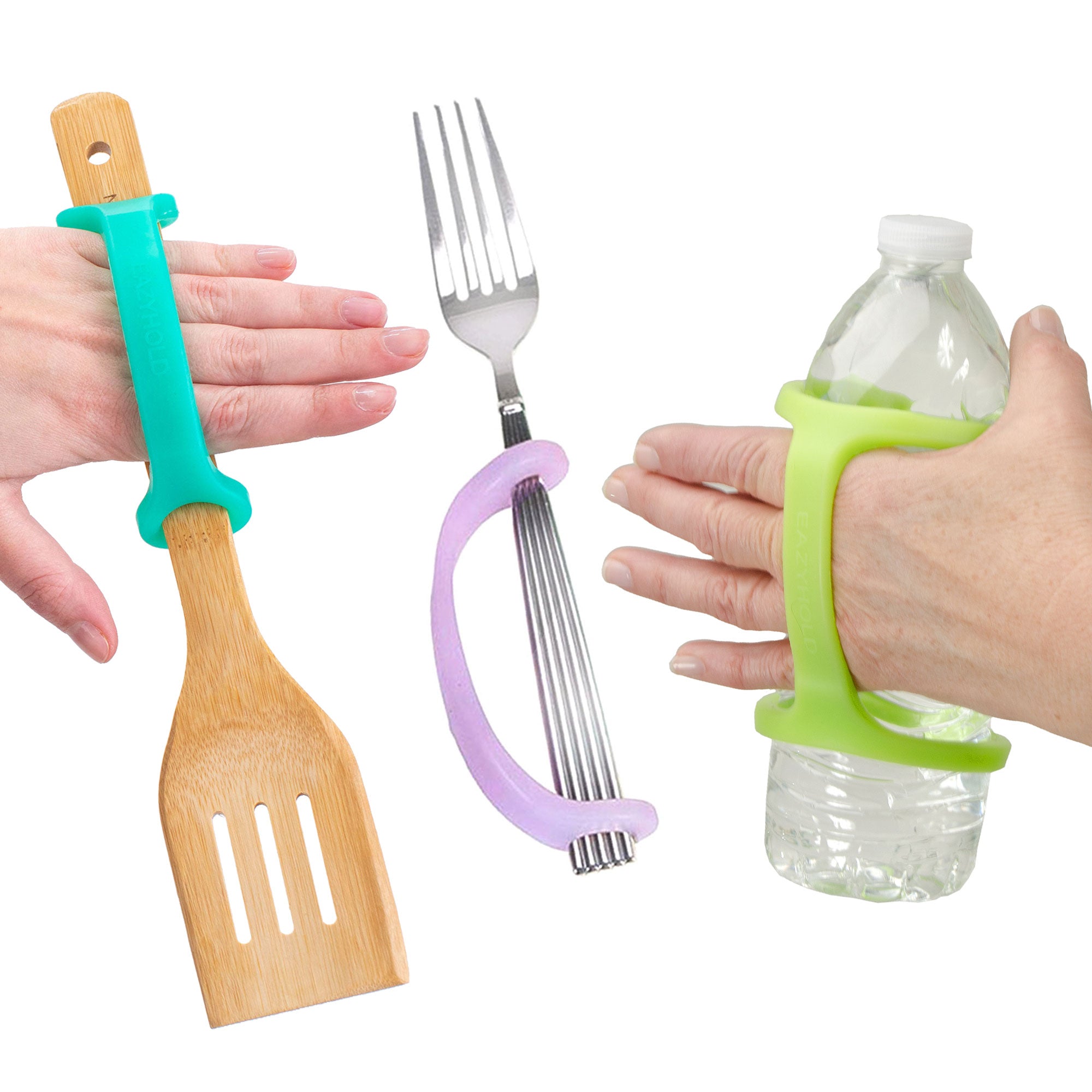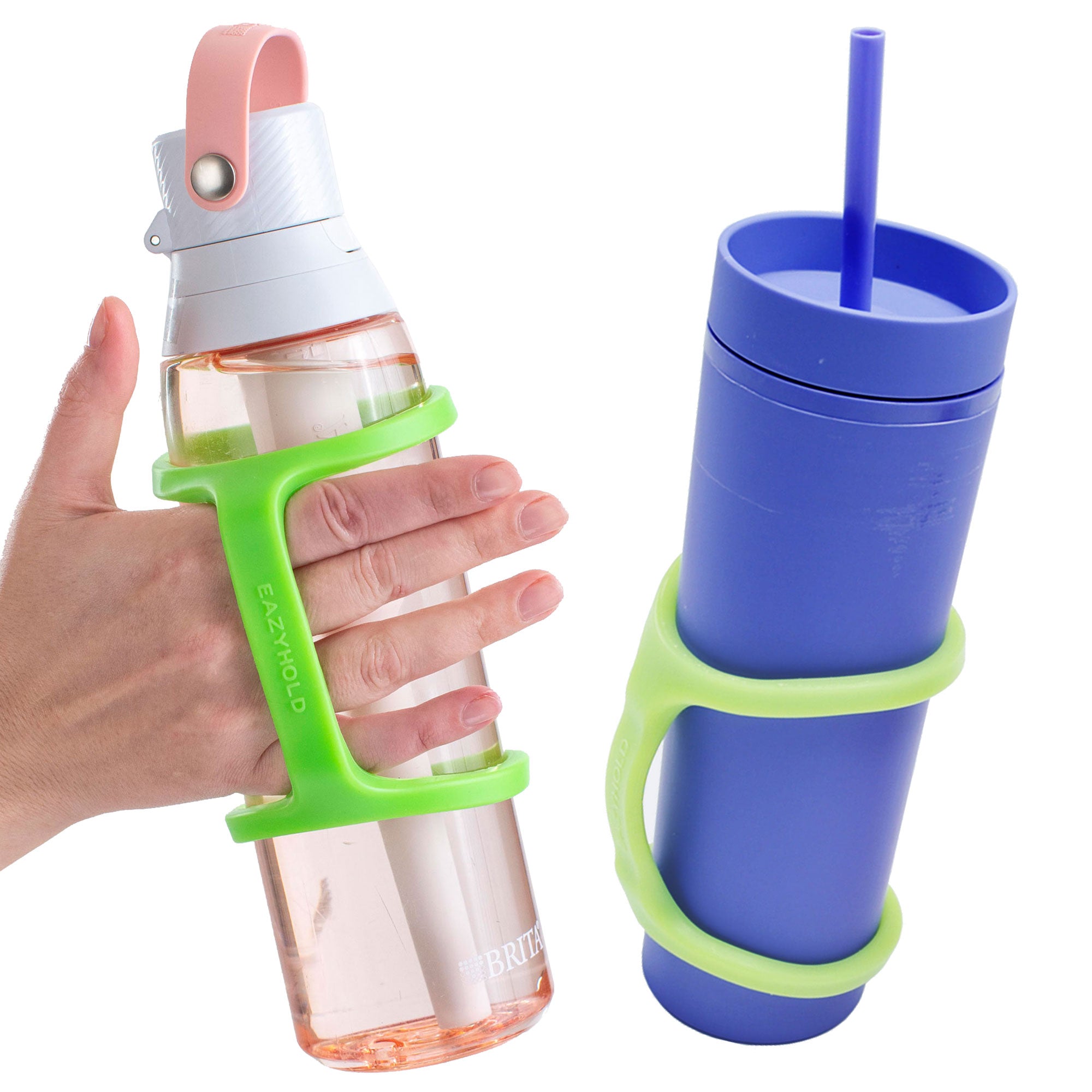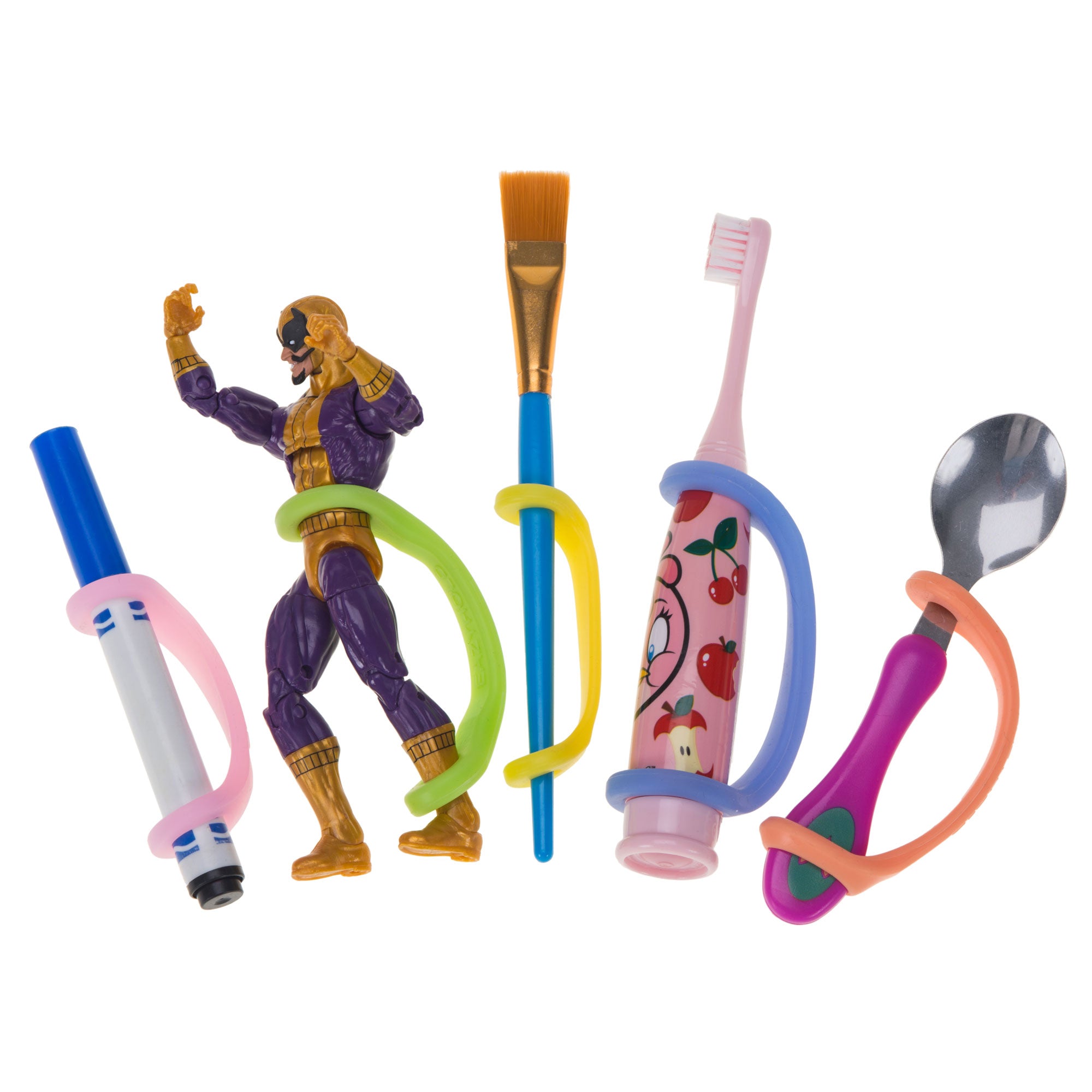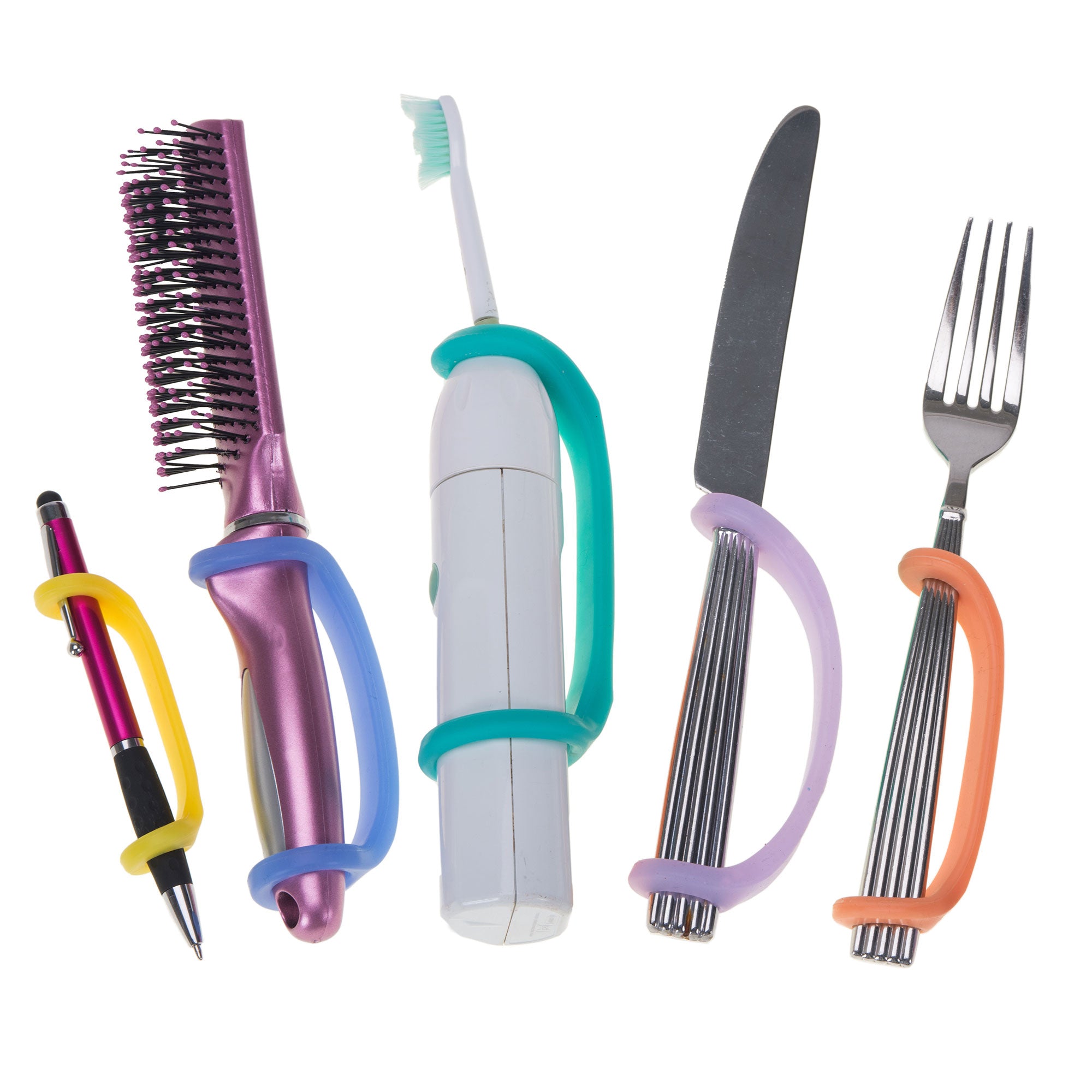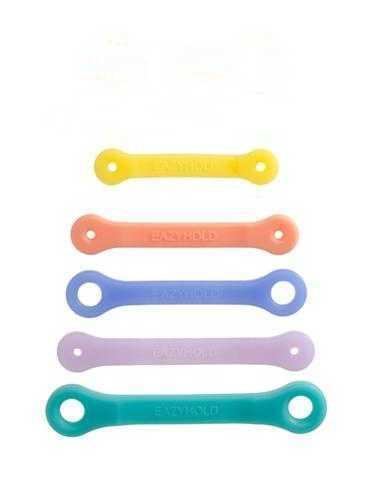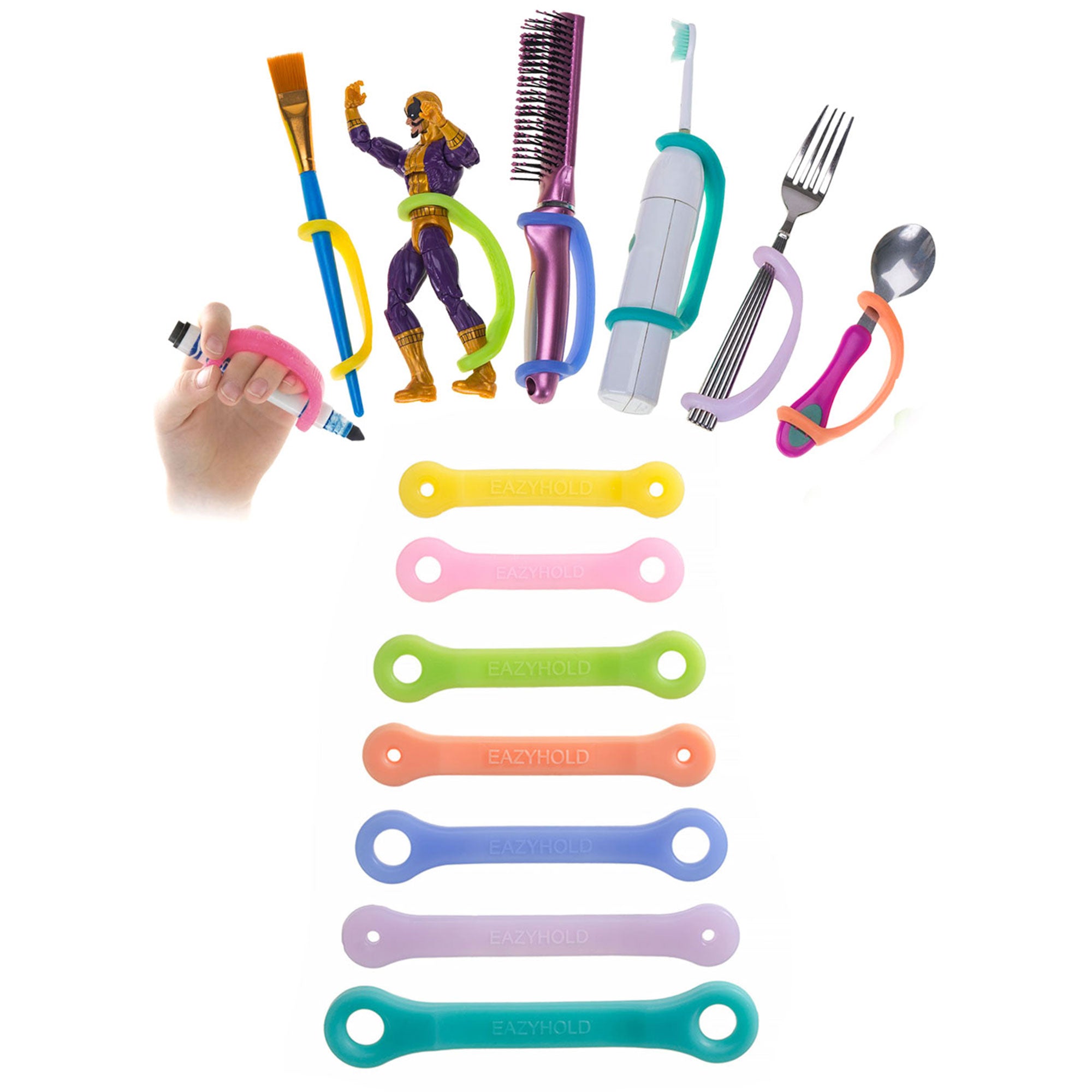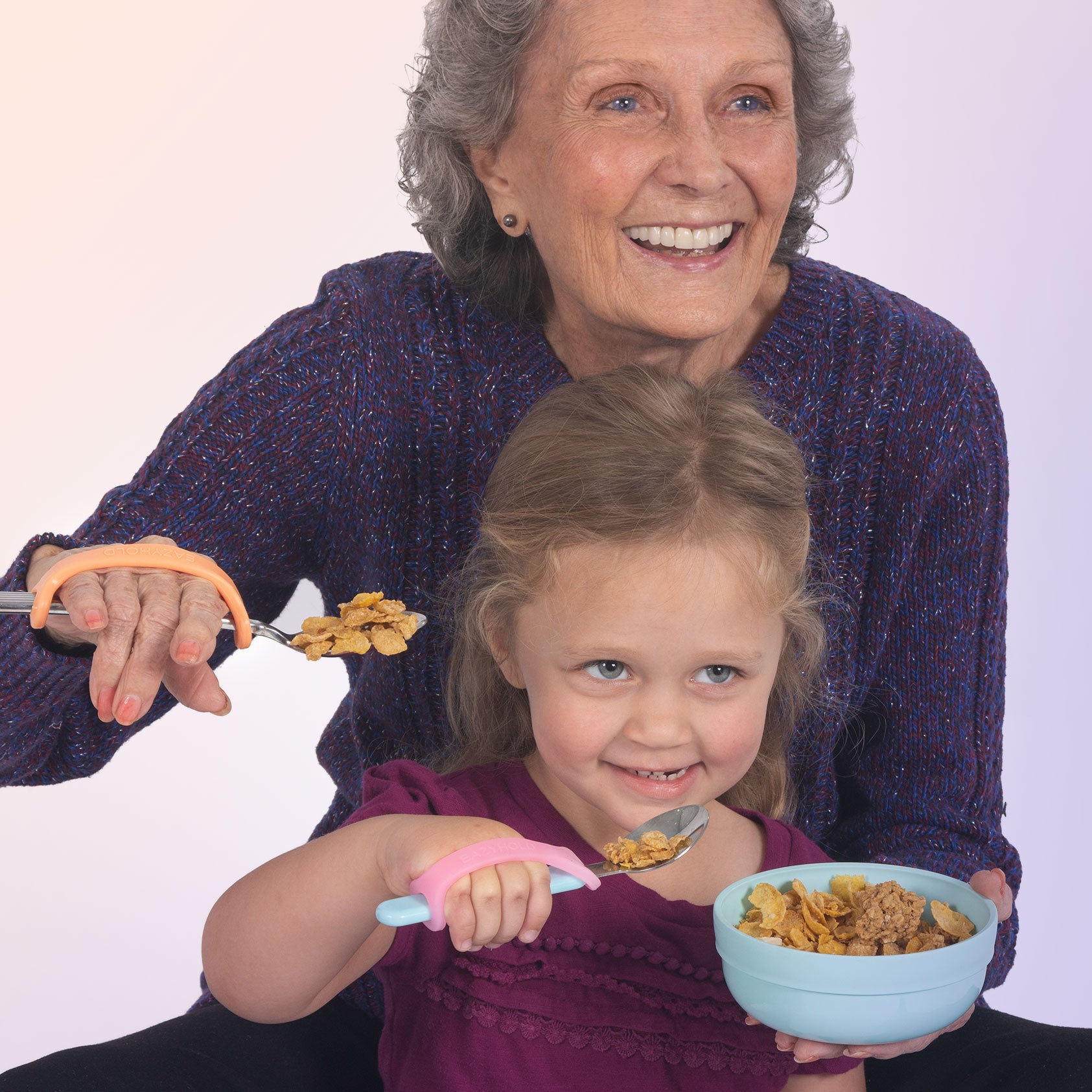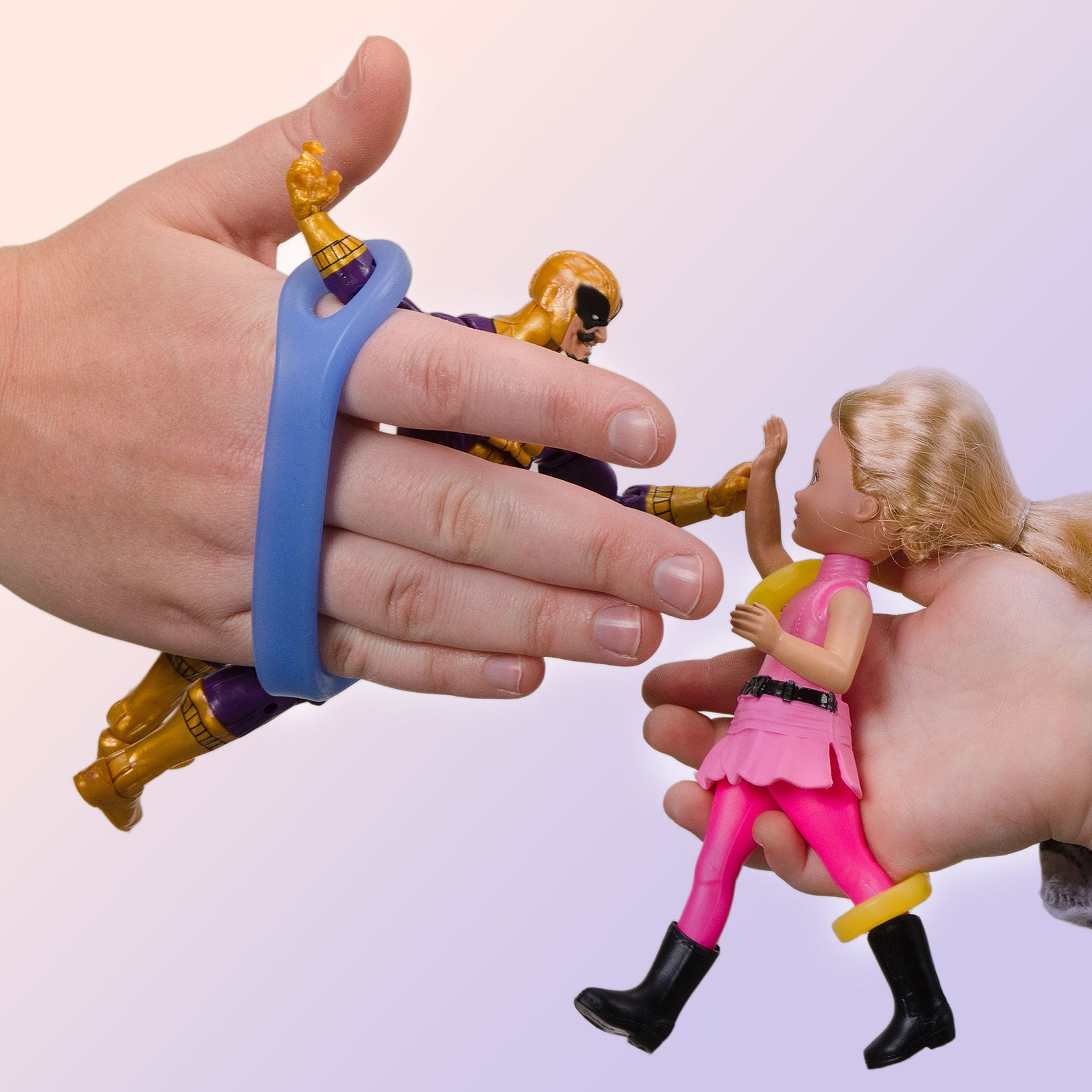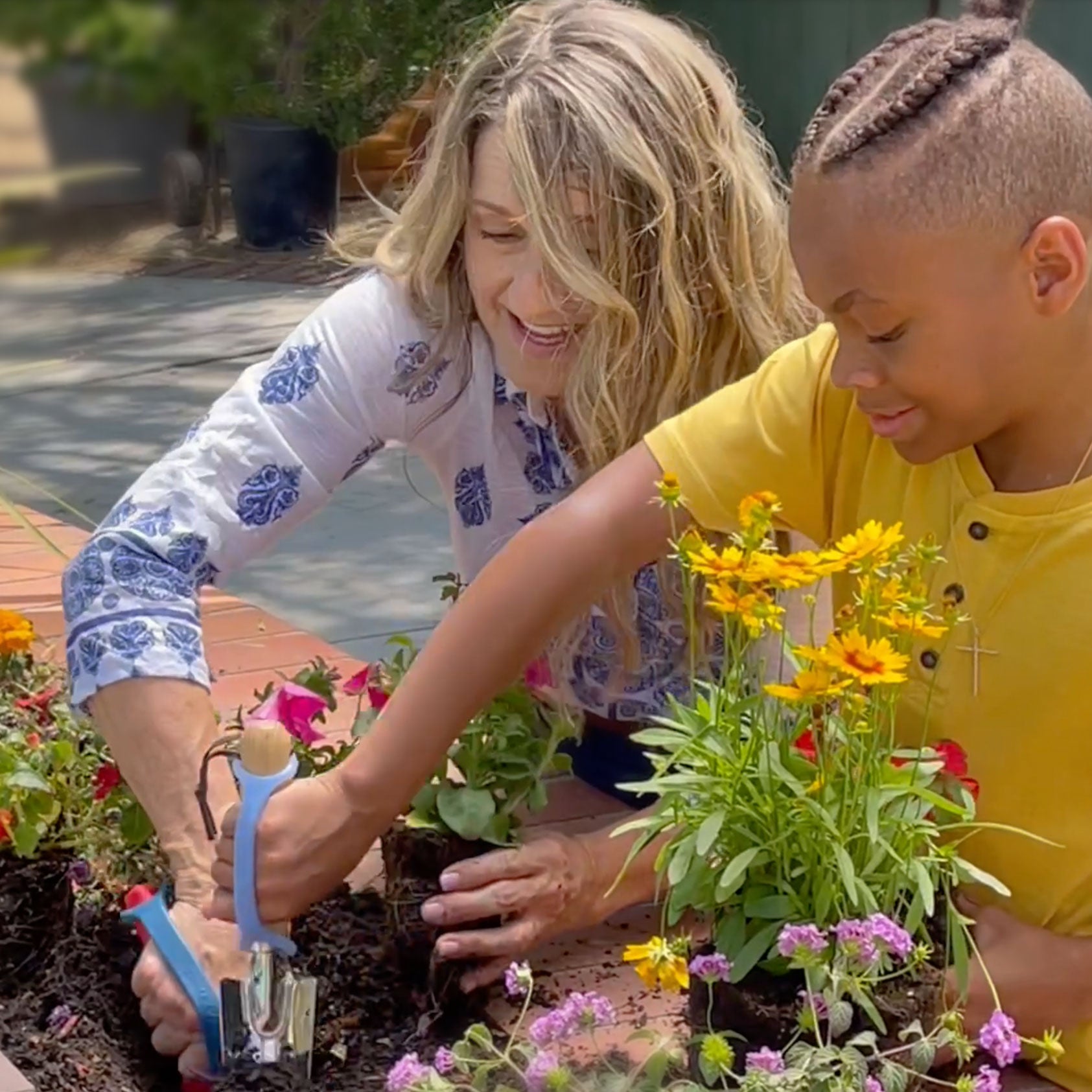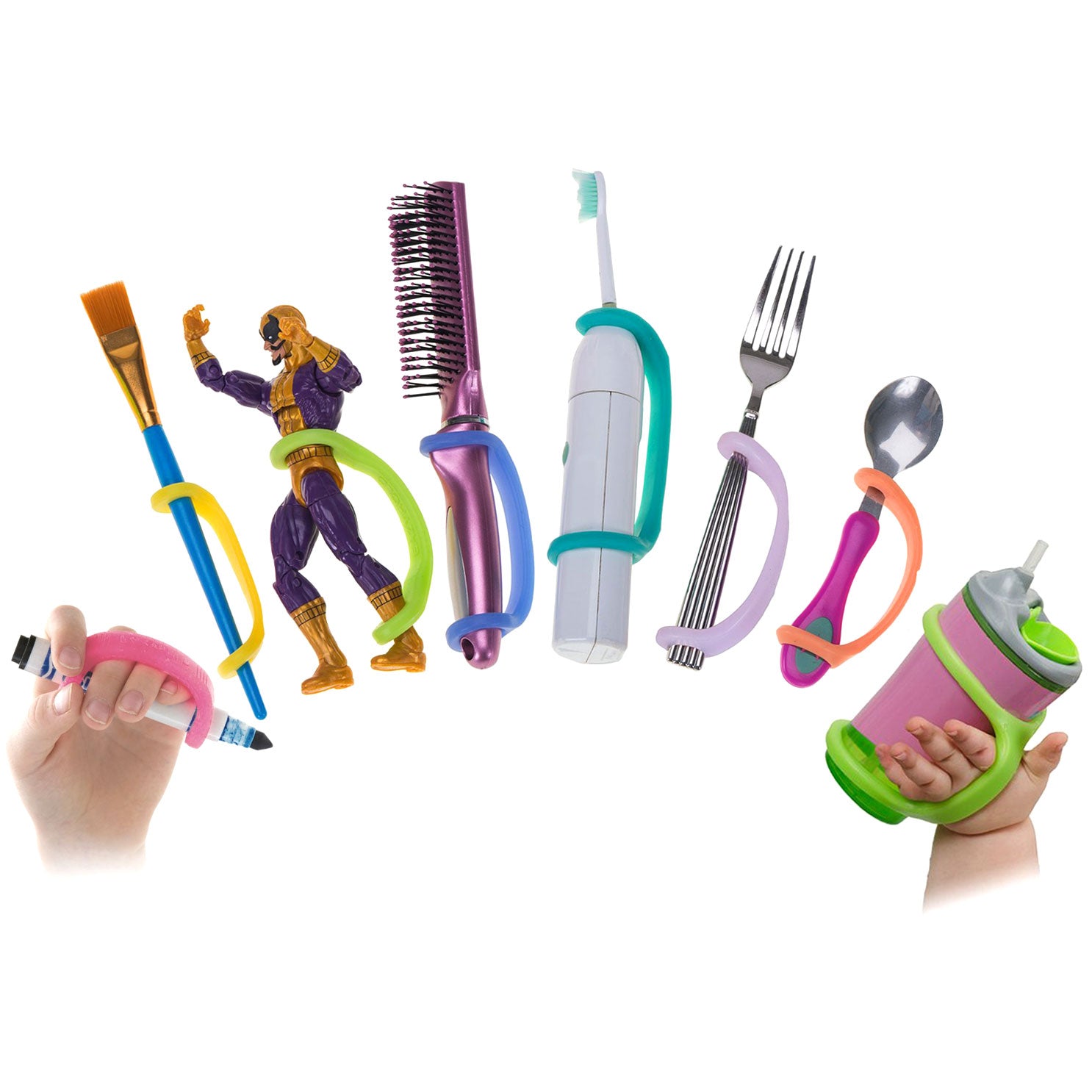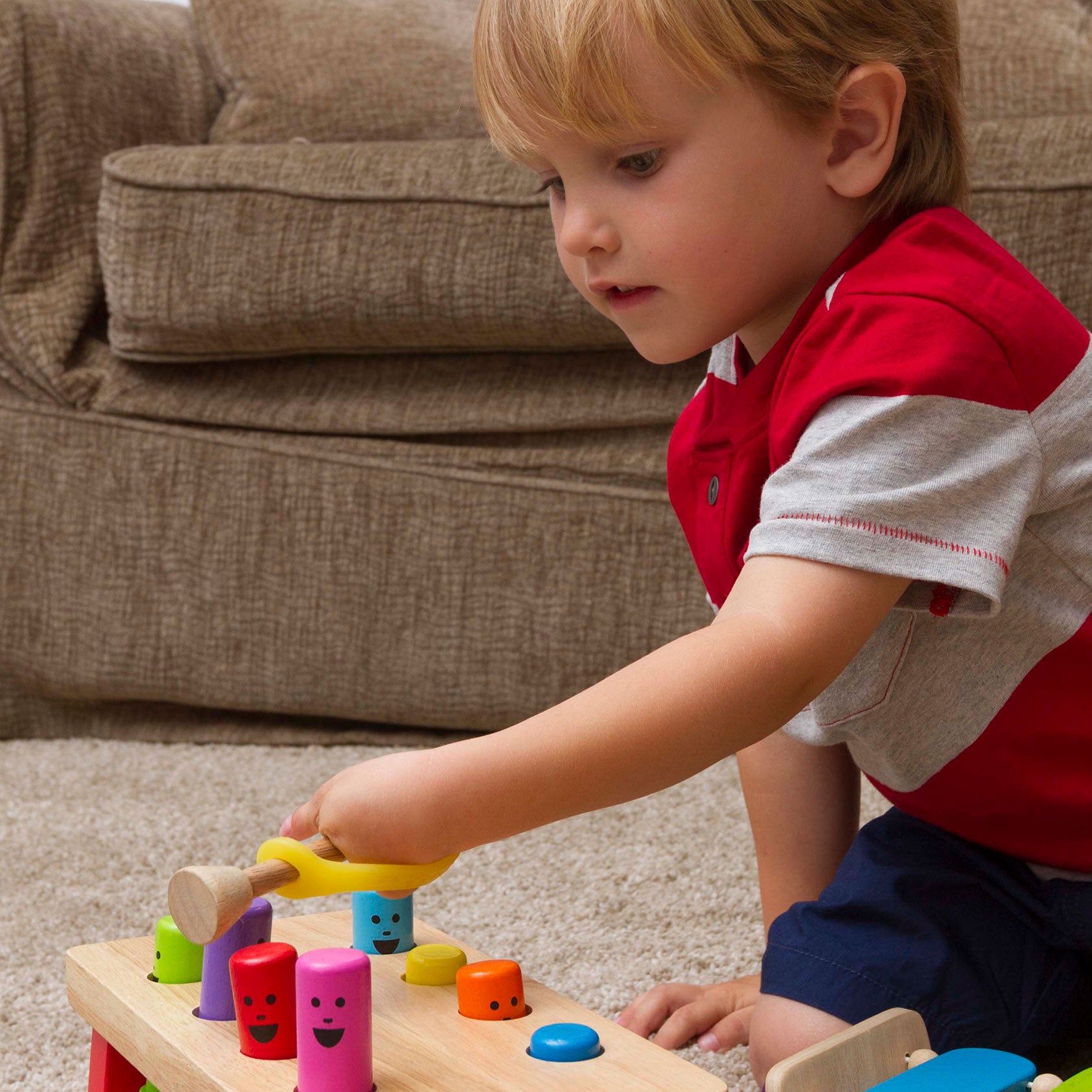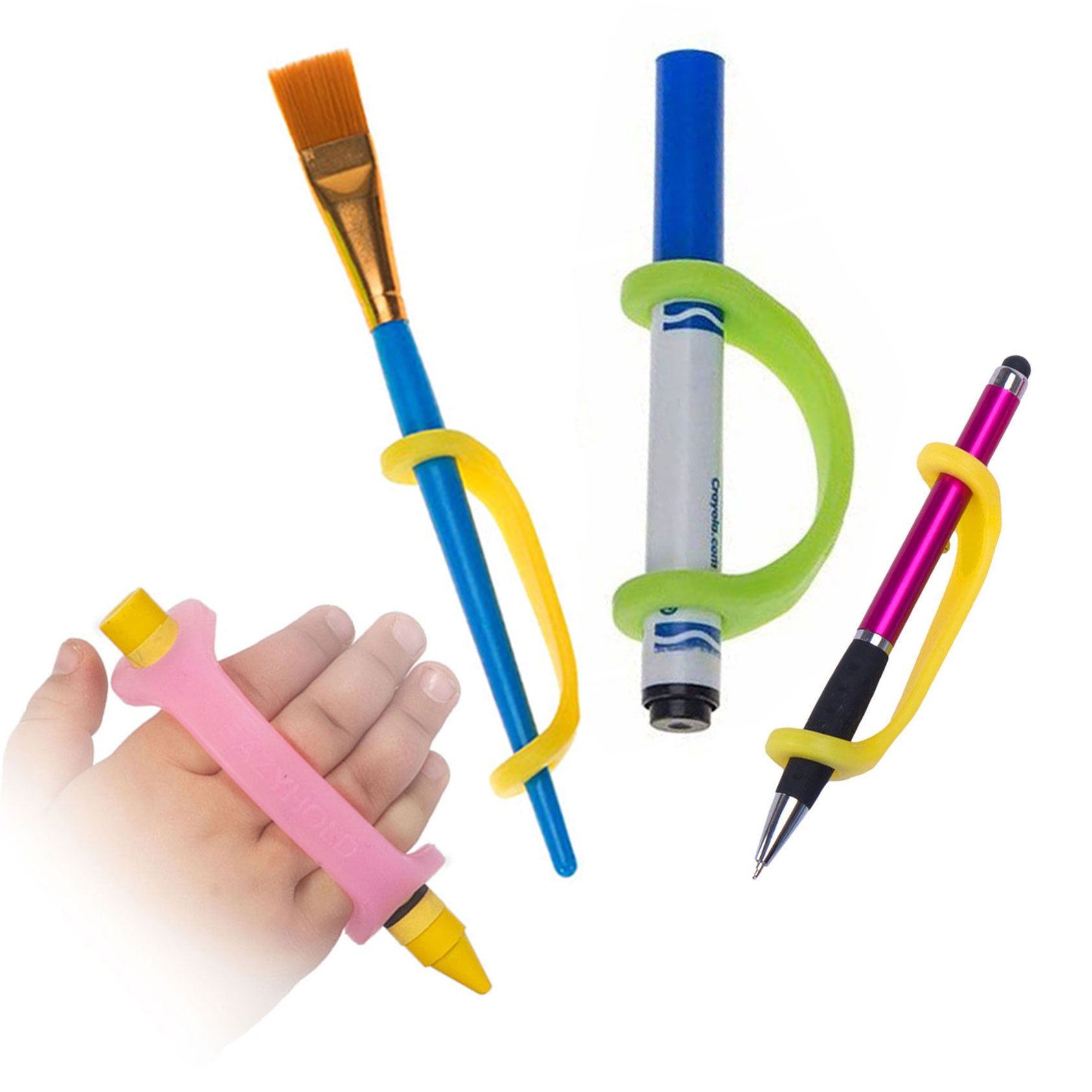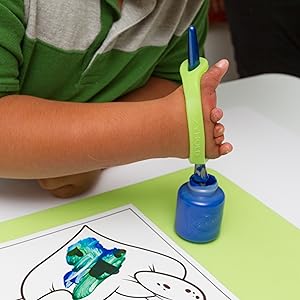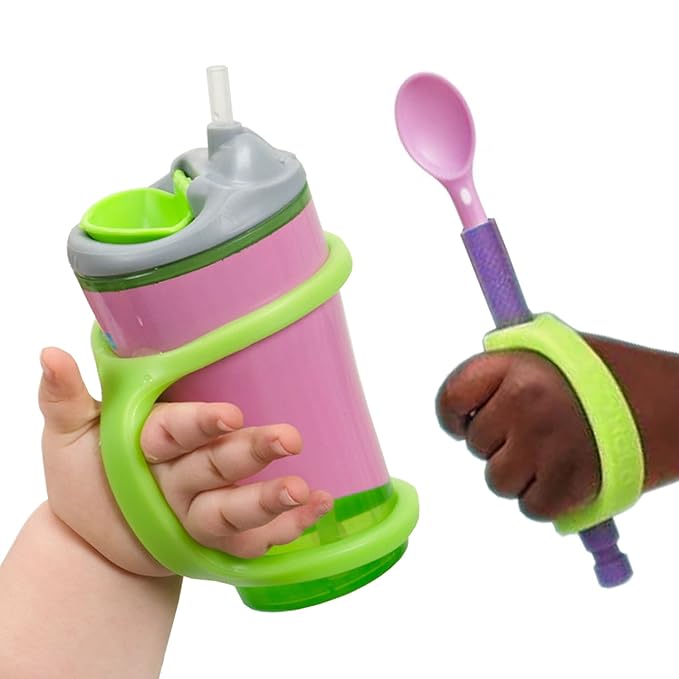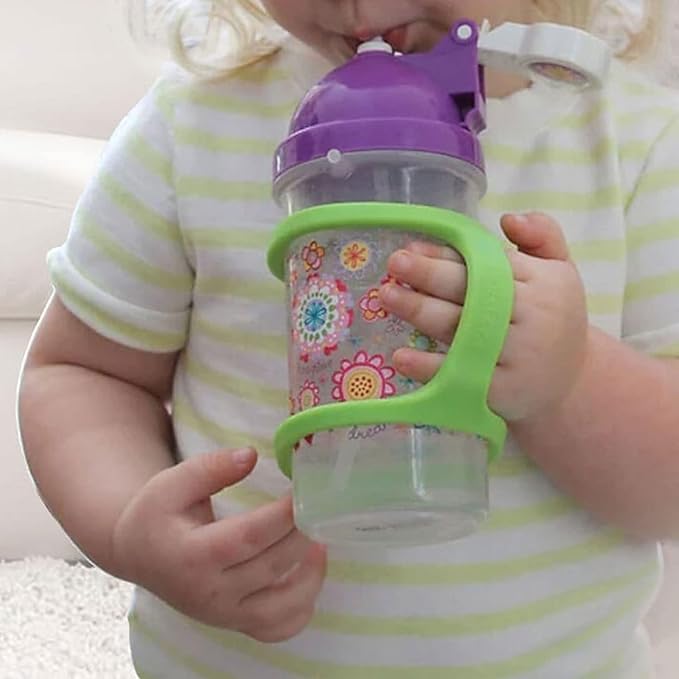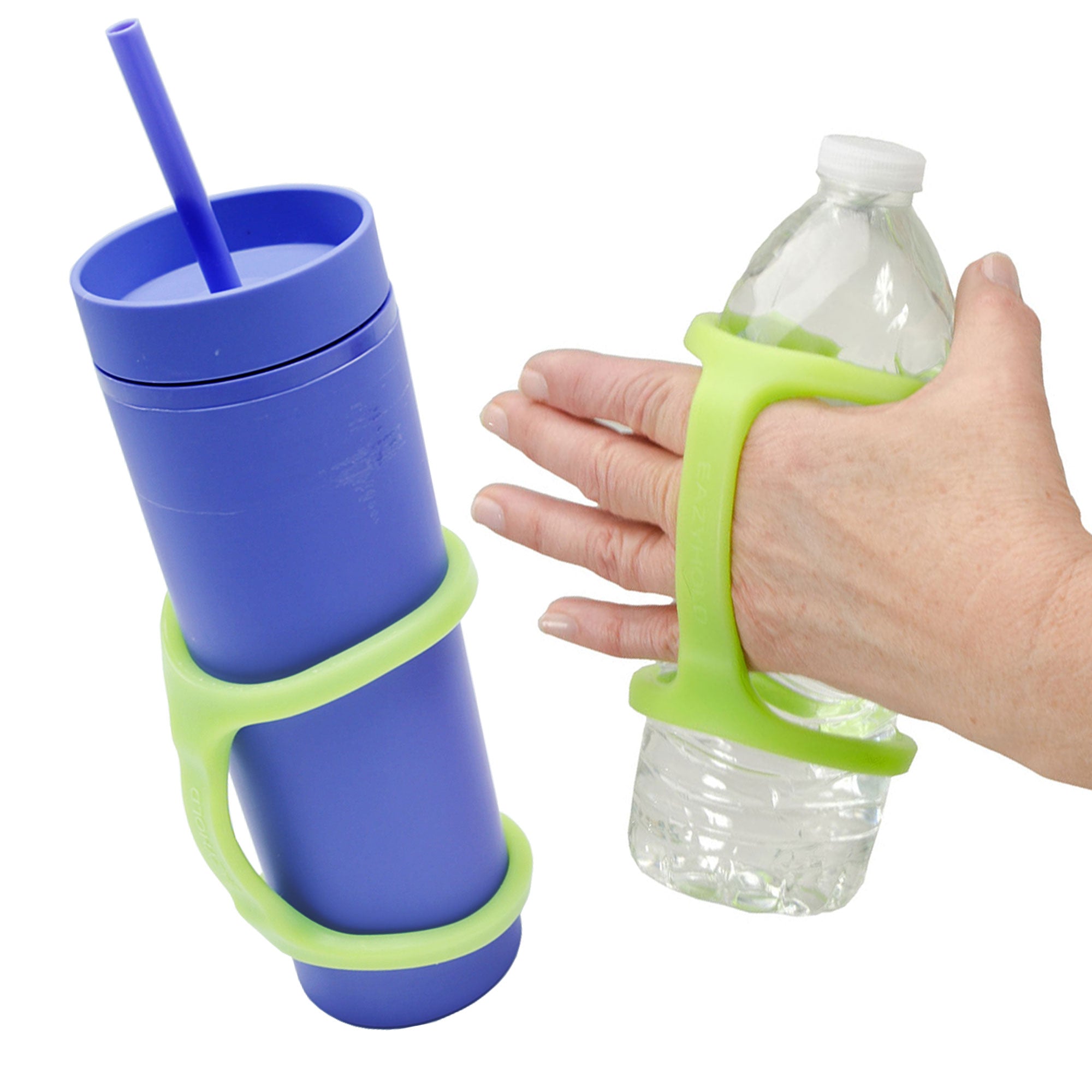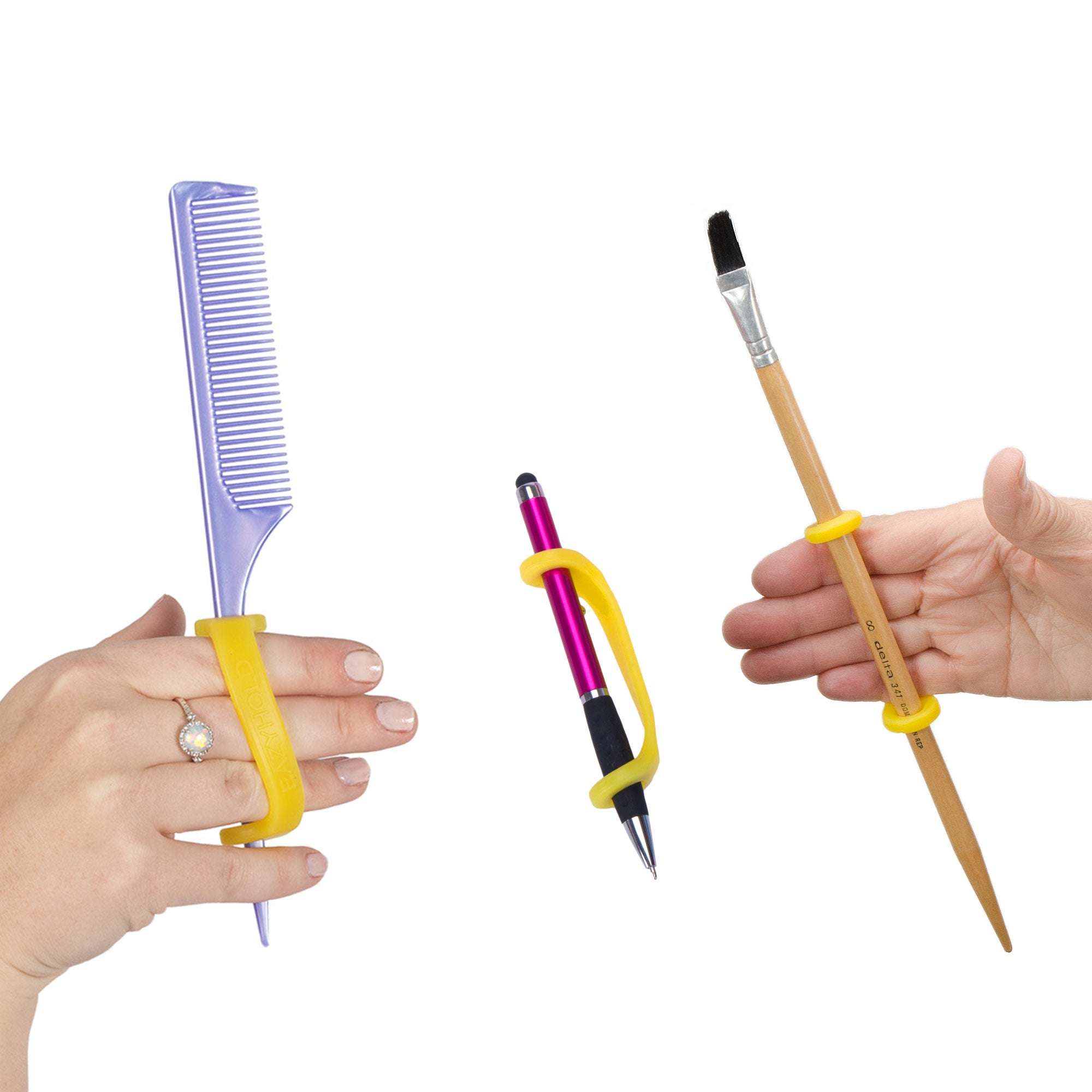EaZyHold for Children with Special Needs
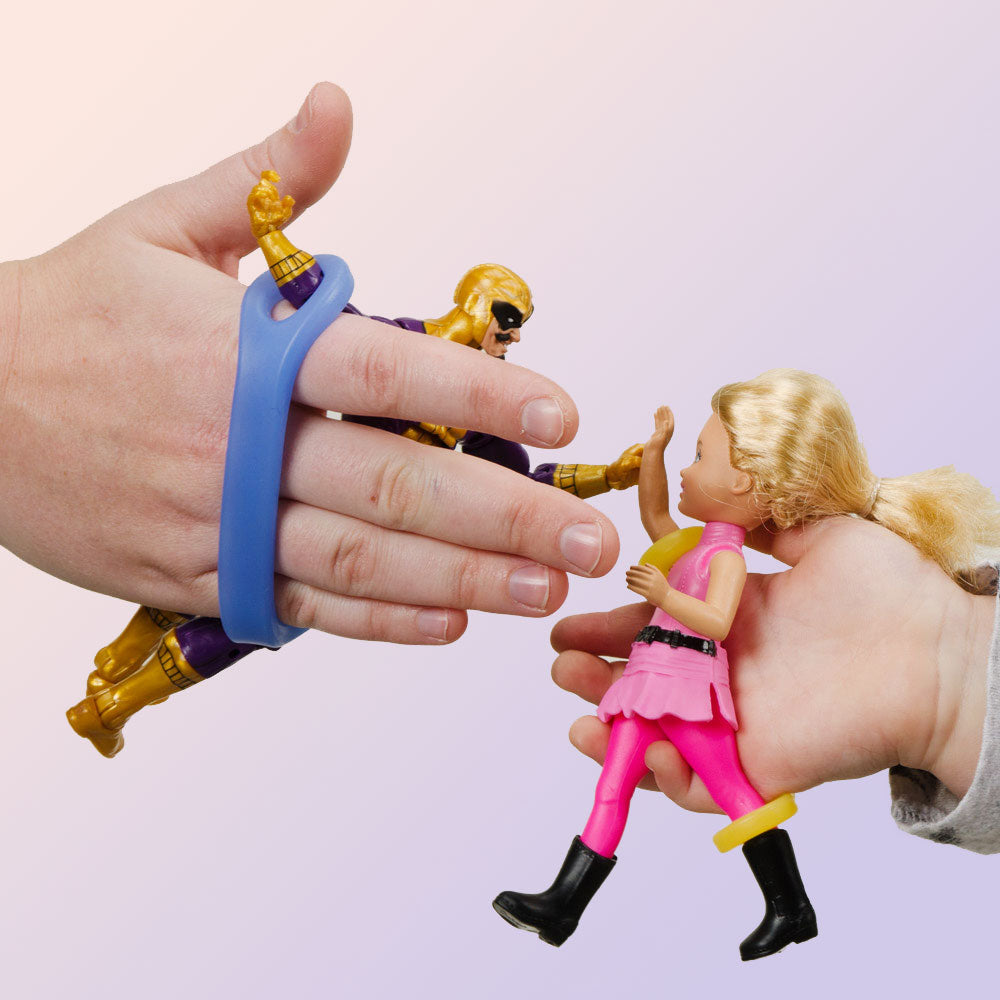
EaZyHold provides a significant advantage for children experiencing challenges with fine motor skills or grip strength, allowing them to participate more actively in both play and learning activities. This tool is particularly impactful for young children learning to navigate their environment, offering them a means to hold toys, crayons, and utensils independently, which fosters an early sense of autonomy and achievement. By enabling children to perform basic tasks such as eating and drawing on their own, EaZyHold helps in developing confidence and self-reliance from a young age.
In educational settings, EaZyHold is a game-changer for inclusive learning. Teachers can integrate EaZyHold into a variety of classroom activities, ensuring that all students, regardless of physical capability, have equal opportunities to participate. Whether it’s art projects, writing assignments, or science labs, EaZyHold empowers children to engage with the same materials and activities as their peers, promoting an inclusive and supportive classroom environment. This tool not only facilitates participation but also helps in normalizing diversity within the classroom, teaching all students the values of inclusion and equality.
EaZyHold is instrumental in aiding developmental milestones such as self-feeding, which is a major step toward independence in young children. Mastering the use of utensils with can dramatically improve a child's motor skills and self-esteem. Parents and caregivers often note significant improvements in their child’s ability to perform tasks independently after introducing EaZyHold, which can also reduce the mealtime stress for both children and adults. Celebrating these milestones encourages continued progress and development in other areas of life.
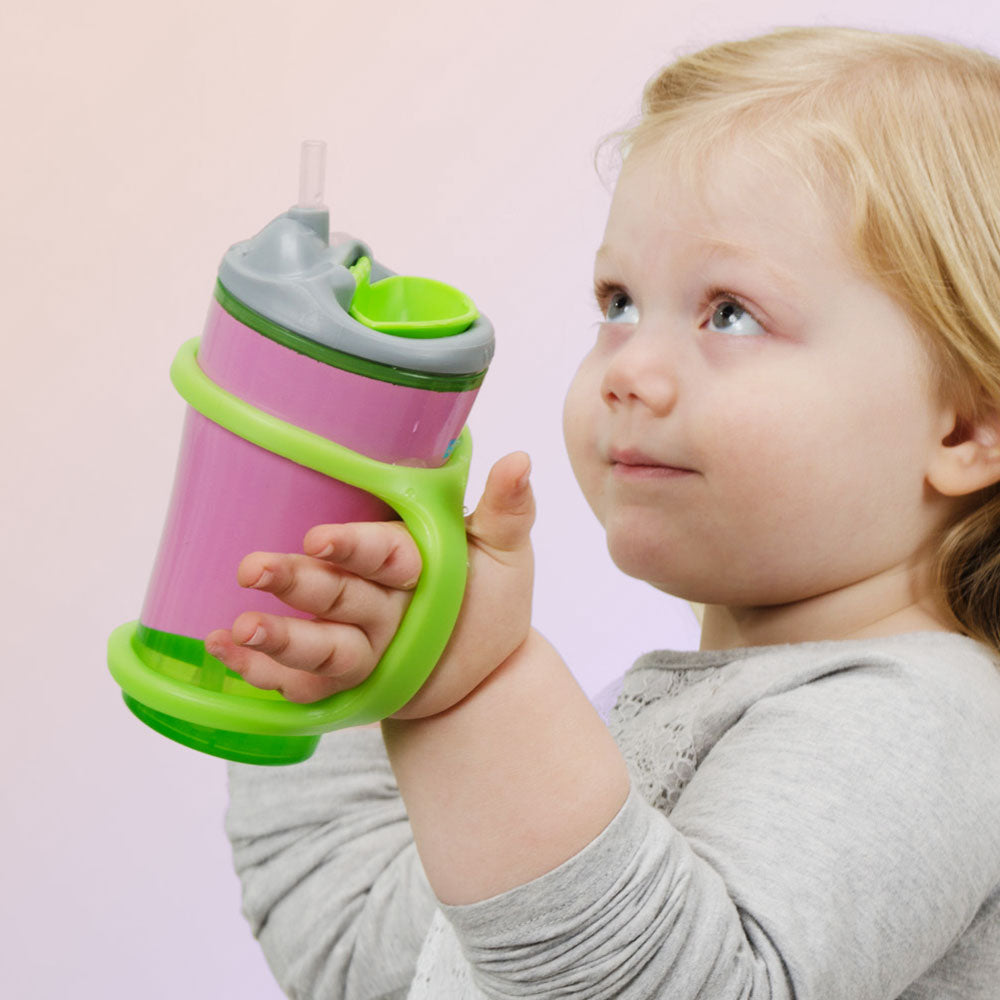
See EaZyHold in Action:
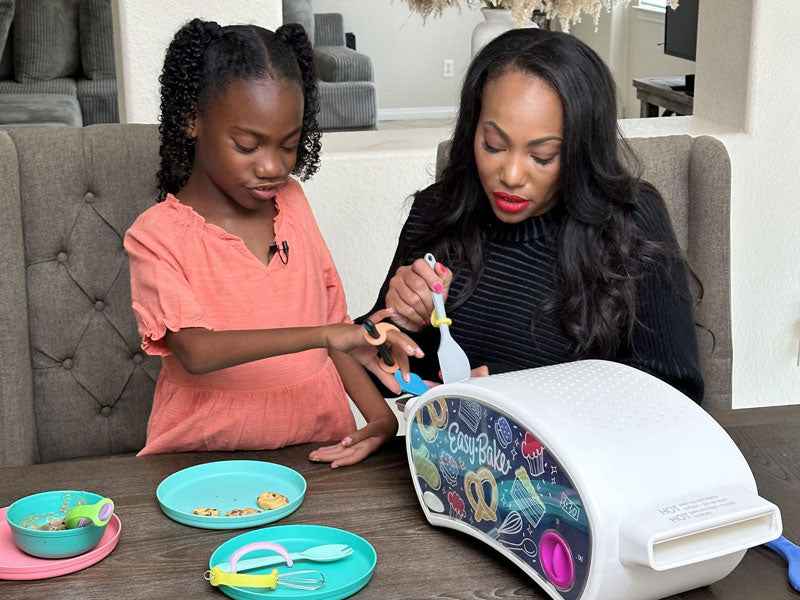
For Parents of Children with Disabilities
Parents who have children with disabilities have the same expectations as any other parent. Conditions which limit a child’s ability to be actively engaged in playing and learning can cause delays in physical, cognitive, communication, social and emotional development. Yet until now, there have been no small utensil cuffs for infants and children. To develop their skills, children need adaptive equipment for grooming, and universal cuffs for self-feeding and eating to make objects easier to handle. Choosing a fun-colored, soft and comfortable cuff is far more inclusive and inviting to use if it does not look like a medical device but rather a part of the object, a band, toy or simple handle.
For children who love water play and activities that involve wet environments, our aids adapt easily because they can get wet and will not slip. Wet toothbrushes, forks, kitchen implements, baby bottles, sippy cups, tennis rackets, baseball bats, bike handlebars even boat oars will comfortably stay put on hand or limb.
- The first infant universal cuff
- No learning curve necessary
- Adapts existing Items at home
- Low tech and inexpensive
- Non-slip in wet environments
- Fun colors for more inclusion
FREE PDF download
Let’s face it, therapy is tiring work! Checkout this free PDF we created with the help of occupational therapists so you can draw inspiration for fun and useful OT activities to do with EaZyHold.
Get It Now!
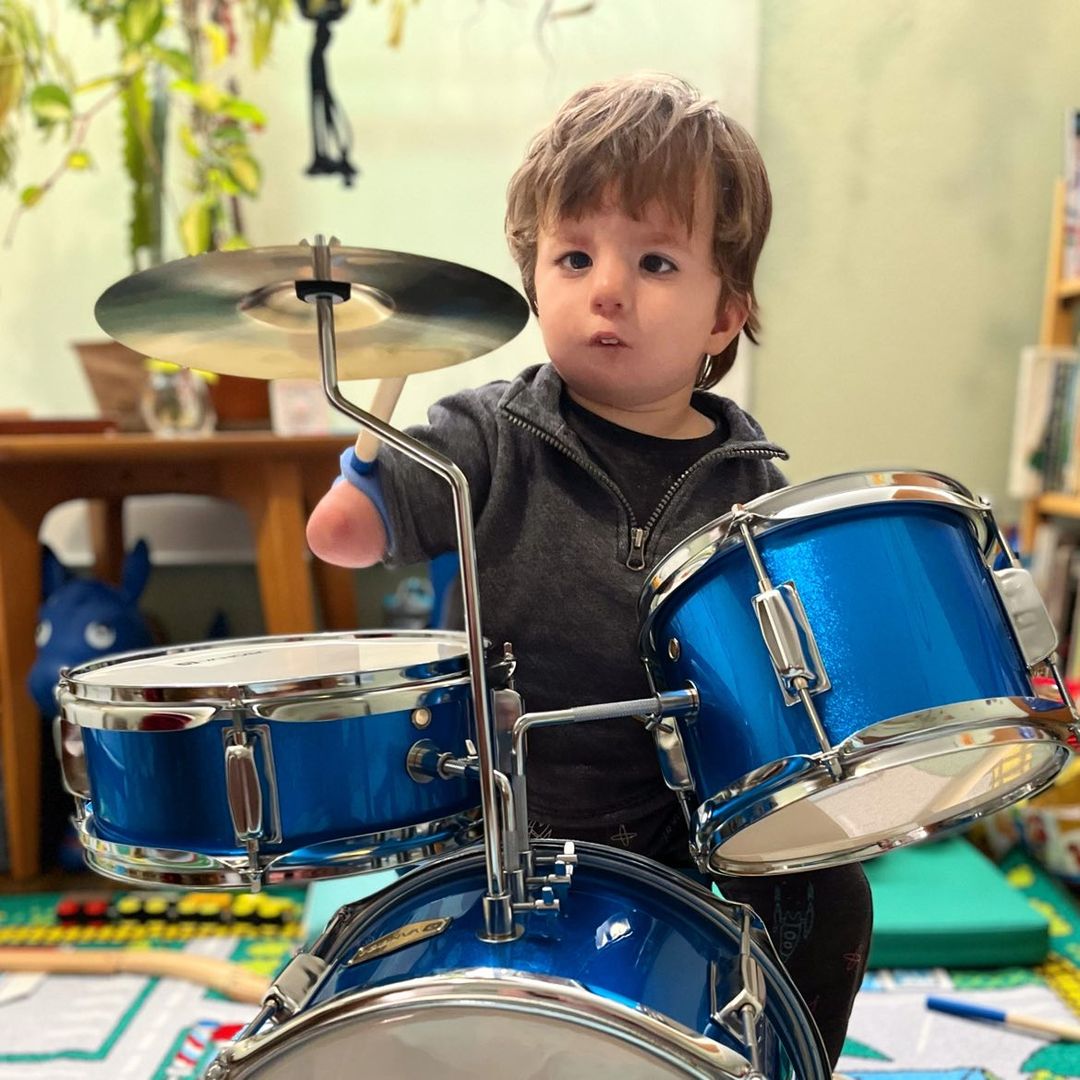
EaZyHold helps children adapt and thrive
Children with disabilities are children first. Like all kids, they need the opportunity to make choices and do for themselves within the limit of their abilities. This means that eating, drinking, and grooming may take a little more time for some, but doing these daily living activities by themselves helps children build self-confidence and increases independence.
The future success of infants and toddlers with disabilities depends on the development of life skills; to self-soothe, self-feed, play with toys, go to school and participate in art and sports. All important markers and milestones in a child's life.
• Choose inclusive aids that are inviting, colorful and ergonomically designed to enhance the toy or tool without visually appearing to be a medical device.
• Use aids that adapt easily to wet environments, which will encourage good personal hygiene habits, and allow for outdoor activities including water play.
• Consider low tech assistive technology over expensive 3-D or robotic arms/hands which can be cumbersome, visually intrusive, and hard to access.
• Provide tools that multi-task; to aid grasping, holding, pushing or lifting for gross and fine motor disabilities.
• Incorporate objects that are multi-sensory; make sounds, are stimulating, and have a visual interest that is age appropriate.
Assistive technology like EazyHold can help children with a disabilities develop these important skills within meaningful life activities. Giving your child the ability to grasp an object, focus their energy on the task at hand, and for the length of time it takes to use it.
Gain more independence today with EaZyHold!
Get a grip on all your daily living activities - at home, school, therapy, work or play! EaZyHold’s soft silicone cuffs enable you to grasp and control objects comfortably. The only cuff that's 100% hygienic, and made in 10 different sizes to fit all sizes of hands and limbs.
Get Yours Now!
